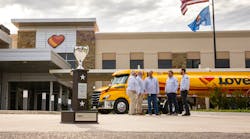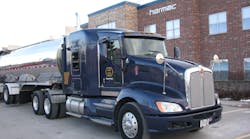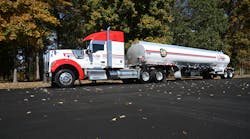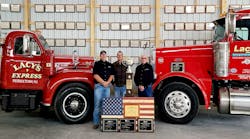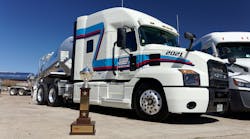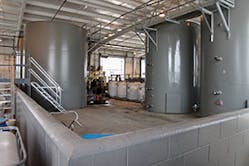WASH RACK operators must remember that they have a cradle-to-grave liability for any hazardous wastes that they generate and send offsite for treatment and disposal. That timely reminder came from James Hall with WCM Group Inc, who kicked off the 2013 National Tank Truck Carriers Tank Cleaning & Environmental Council annual meeting June 3 in Denver CO.
Hall stressed the importance of a proactive approach in handling and disposing of tank cleaning wastes during an environmental regulatory update.
“Many business owners think that once their waste is hauled away, they have no further responsibility for it,” he said. “This is not so. As a generator, the wash rack is responsible for every bit of the waste. This means the business can be held responsible for a cleanup or pursued in an enforcement action if the waste is mishandled by another party, even after the waste leaves the wash rack property.”
“Take a close look at the treatment facility’s compliance history,” Hall said. “You’ll want to look for notices of violation, compliance agreements, enforcements actions, fines and penalties, complaints, media reports, and any pending third-party liability suits.”
It is important to visit each TSDF site used by the wash rack. Wash rack managers need to review reports submitted to regulatory agencies, spill prevention and response procedures, waste analysis plan, waste inspection plan and reports, emergency response plan, closure/post closure plan, safety plan, medical monitoring of employees, and integrity testing program for groundwater monitoring.
During the (TSDF) site visit, wash rack managers need to observe variety of factors, including the condition of containers and container storage areas, aboveground and underground storage tanks, waste piles, surface impoundments, solvent recovery, carbon regeneration, resource recovery, incineration, deep well injection, labels on tanks and containers, security measures, fencing and lighting, waste acceptance procedures, and emergency response procedures. ♦


